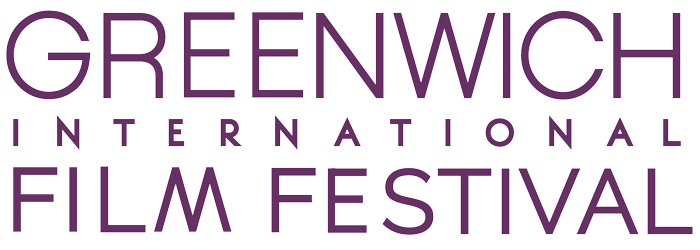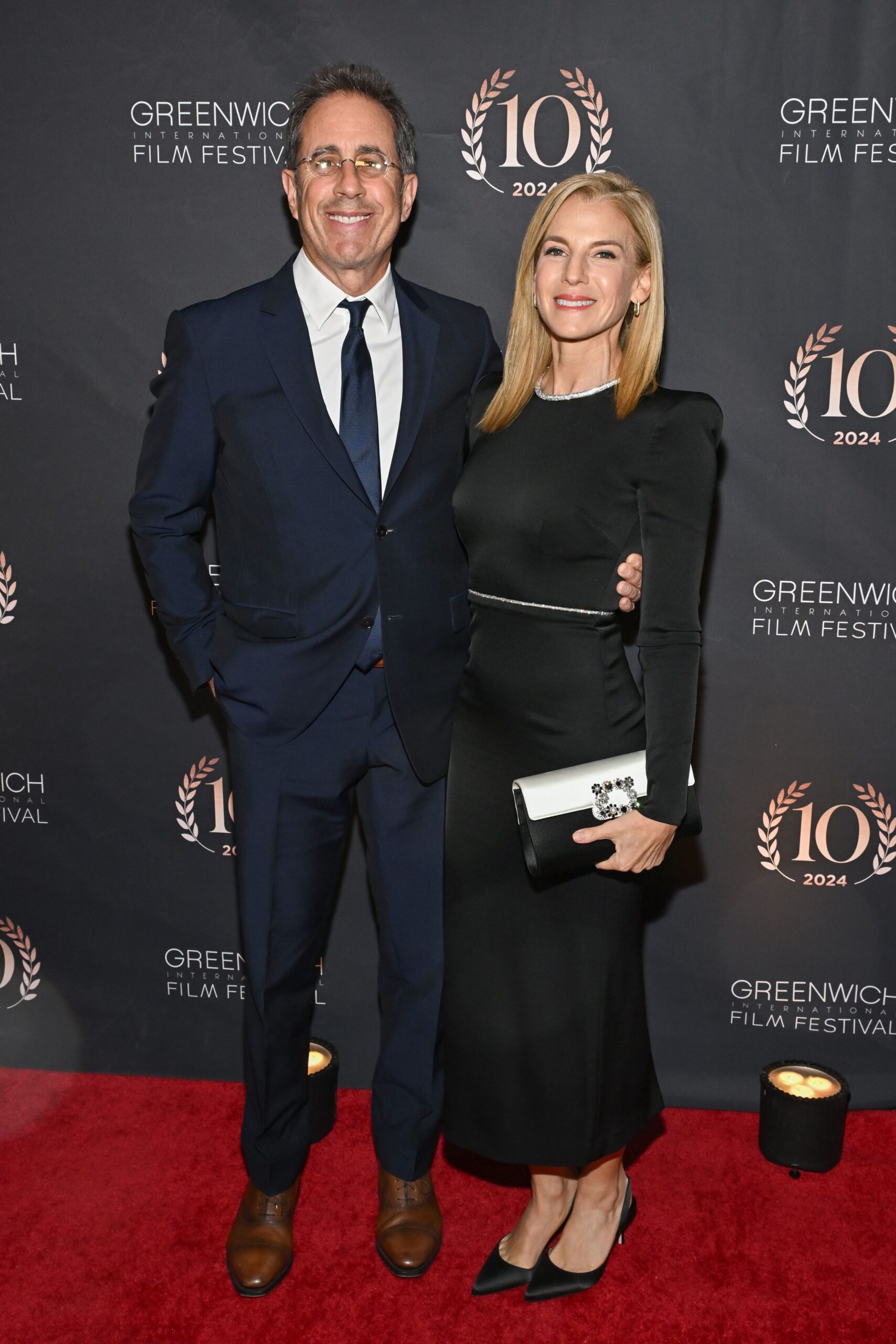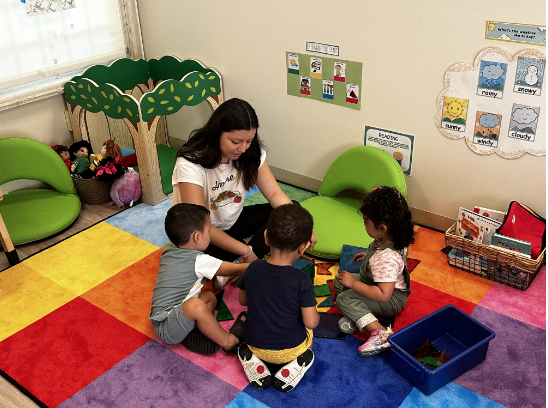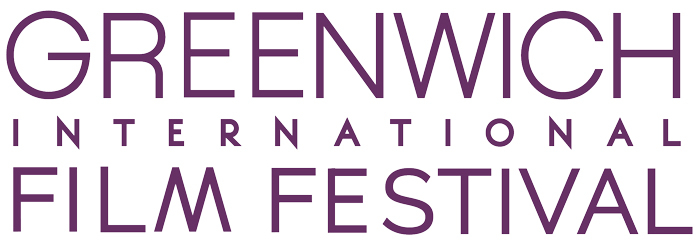
We are coming up on New Year’s Eve, which for me always means looking back on the creative projects that I’ve accomplished over the course of the year, and planning what I want to do next year. I started new goal last year, I want to try to complete a new short film every year if I can. I’m on year two. Setting out to make a new film can be daunting, but the great thing about a short film is that you don’t have to raise too much money or employ an army to get one done. And I’m not talking about any short film, I’m talking about a great short film, one that can play a variety of festivals around the world.
The difference between a great film and one that is just so-so can often be minimal (but still obvious). In fact most mistakes that film festival programmers see in short film submissions could have been fixed before the filmmaker even picked up the camera. So I present to you, 10 preproduction tips to inspire you to shoot something in 2016. These tips will help you not only make a great film, but also get into a festival program.
1. A SHORT FILM SHOULD BE SHORT
The Academy Award cut-off for a Short vs. a Feature is 41 minutes, so anything under that is technically a short. However, consider the film festival decision-makers. Yes, lots of the Academy-nominated or shortlisted films are on the longer side, but before they can be eligible they have to be selected for a festival program. And to make that happen, they have to get past the festival gatekeepers, the programmers. I’ve programmed 24, 25, 29 and 30 minute shorts and one year had a documentary short clock in at 40:01. Still, think about it this way: a short plays in a program of shorts. These programs are anywhere from 70-100 minutes long. A 30-minute short is going to take up almost a third of that program. The average festival short seems to be around 10 minutes, so if a programmer is going to select a film that is 27 minutes, it doesn’t just have to be better than the next short, it needs to be better than the next three shorts. Therefore, when you are crafting your story, consider finding a story that can told in less than 20 minutes. 15 minutes is easier to program than 20, 10 minutes is easier than 15. I’ve never seen a great 5 minute short that I couldn’t find a place to program. There is always room for a great 5 minute short. In contrast, one of my submissions one year when I was programming a major festival was 34 minutes and I just couldn’t find a way to put it in a program without it totally dominating the screening and undercutting the other films.
2. AVOID CLICHÉS
You cannot possibly imagine the number of films that open up with a ringing alarm clock and someone sleepily leaning over and hitting snooze. Another shot I never need to see again is someone brushing their teeth or putting on their shoes (unless these shots are absolutely necessary to tell this particular story). Also, making your film in black and white doesn’t make it artsy, it just usually means you are trying to cover up bad lighting. You have to have a reason for it to be in black and white. The same holds true for voice over. Great voice over is always possible, but be careful it isn’t just serving as a crutch for lazy writing. Make your characters interact with each other and there is no need for voice over. I once read that the best voice over says the exact opposite of what is being seen on screen. A slow motion walk underscored with intense music may look great, but not if it’s the fourth one I’ve seen that day. Another standard shot is the super extreme close up of an eye (either opening or closing, doesn’t matter – or a single tear drop). When a character stares longingly at photo in a frame, I can see the shorthand, but it doesn’t really say much about that character’s own personal emotional state. Finally, one of my favorite clichés (because it can be different while being the same) is opening with a title card of some quote. Whether its Aristotle or Yogi Berra, it is still pretentious. Let your story speak for itself.
3. TELL AN ACTUAL STORY
Even a Short film has time for story arcs and character development. This is simple to accomplish but also very easy to forget. Make sure your main character is in a different place at the end of the film than where they started. This should occur both story-wise (solving a problem, accomplishing a task, learning something unexpected) and emotionally (how do they deal with it). How do events in the story change them as a person? Give your actors something to experience and your audiences will be rewarded. Look at the relationships in your film and how you can tug them one way or another by the action of the story. If you’d like to see a great example of this, in a five minute short, check out THE POSSIBILITIES by Alex Poe (http://www.youtube.com/watch?v=–ZS-sNO9Gk).
4. BUDGET AND BUDGET WISELY
Spend the budget you have where you need it, and budget for the whole project. Be realistic about how much this film is going to cost, and cut all the corners you can, but also do not skimp on what is really needed to make the film great. No one has ever regretted having a great DP or a good camera package. If your film is all about one particular prop, make sure that prop looks great. If you need a certain location, you may have to pay for it. Just do it and save the money elsewhere. Sound is something everyone forgets but is one of the most important elements to your shot. Get an experienced sound recordist, and get them a PA to hold the boom – you’ll thank yourself later when you get to post and you can hear all your dialogue. And when you make your budget, don’t forget the film is not done when the cameras stop rolling. Editing can be done at your own pace, especially if you are editing yourself (many indie filmmakers do or call in favors), but you’ll have to pay for color correction (and please do… it is one of the most important thing to make your film stand out from others and look ‘polished’ and consistent), and a solid sound mix. Also, know what you are going to have to deliver your film on for festivals – do you need bluray? Do you need hdcam?, beta cam? DCP? All of these things cost money. Get your prices ahead of time so you are not surprised when you are on a deadline.
5. CASTING CANNOT BE FIXED IN POST
Take extra time to find the right people to live these roles on screen. Don’t just ask someone because they are available or are a friend of a friend or you saw them once in somebody’s else’s film. You are going to be working fast and you want an actor that will bring ideas and energy to the table, but also do what you tell them. Have auditions. You don’t know what’s out there. And when you discover someone rather than writing for someone in particular, they might be more thankful and work harder. They also might bring a fresh take to the script that you wouldn’t have gotten if you just handed it to someone who knows what you are looking for (or is exactly what you thought you were looking for). Also, if you get into your shoot and its just not working with a particular actor, don’t be afraid to pull the plug and get someone else. Everyone on set is probably thinking exactly what you are. And even if you are wrong, you may spend the rest of the shoot and post-pro wondering what could have been. It happens in the big leagues all the time, no reason to think you are better than them.
6. MAKE YOUR FILM, BUT BE FAMILIAR WITH THE COMPETITION
There is no such thing as a ‘Film Festival Short,’ so see as many shorts as you can. Not only is every festival looking for something different, but every festival programmer has different tastes. Add to that you never know what else is coming in and what else is in a program they might be considering your film for. Sometimes your short that seems at odds with what a festival normally plays is the perfect counterpoint in a programming slot. Sometimes your short that seems exactly what they are looking for is too similar to something they played last year or will play this year – you never know. And there is so much out there, my advice is to go to film festivals and see shorts programs. This is the only way you are really going to know what you are up against.

7. LEAVE YOURSELF OPTIONS
You really never know what you are going to need in post. You may think now that its all going to be one shot, but what if you want to take 20 seconds out of a scene and you can’t? In this day and age of digital media there is really no excuse for not getting coverage. Also, give your actors leeway to try new things. I don’t mean improvisation, which is usually not helpful unless you really know what you are doing. However, you can always try different levels of intensity, different emotions, different choices. Does a DP have a great idea for a shot? Get it. You don’t have to use it when you edit the film but they will feel like a vital member of the team and it may end up amazing and guess what, you get the credit. Also, don’t yell “Cut” too fast – let a scene play out and leave the actors in a moment – they might give you a truly wonderful gem when your words are not getting in the way.
8. KNOW WHY YOU ARE MAKING THIS SHORT
Shorts are made for all sorts of reasons these days, all perfectly valid, but if you are making it for festival submissions just know that. Don’t shoot your ten-minute teaser for a feature film that will help you raise money and then expect it to do well on the festival circuit. Besides, the best proof that someone should give you money to make a feature is a great, well-made story, no matter the length. Don’t make a ‘trailer.’ An art film is not a festival short, unless it’s a festival that accepts experimental shorts. Also think about length and how many festivals you want to play. Genre fests have lots of openings if your film fits their genre, but it may not play the big ones, unless they have open-minded programmers. Also, the days are gone where Hollywood producers are looking at short films and offering deals to filmmakers. Festivals are more for networking with other filmmakers and festival programmers and press. If you have no desire to go to a festival, why make the film?
9. YOU MAY ALREADY HAVE A GREAT PRODUCTION DESIGN
Look around, where are you, who do you know, what do you have keys to, where can you drive? Think about location as one of your greatest assets. Even before you start writing, take stock of all the locations to which you have access, see if you can write a story for them. Go there, sit, and let yourself be inspired by what you see. I once programmed a short that had no dialogue (that I can remember) and the entire story was developed on the location alone. It looked amazing (you can see it below or use this link: http://vimeo.com/89058512 – SEA PAVILION, directed by Marysia Makowska & Todd Antonio Somodevilla), it was ten minutes of another world. Drive around, search for interesting place that might inspire stories. I am so tired of seeing apartments and coffee shops.
Sea Pavilion from Marysia Makowska on Vimeo.
10. IT TAKES A VILLAGE
One of the biggest mistakes a filmmaker can make is trying to do too much. Not only does this wear you out, and leave you less time to focus on everything you should be focused on, but also you are missing out on the valuable sounding boards your team can be. Try to have people you trust with you at every step of the venture, as you write, as you film, edit or finish. You don’t have to take their advice, but it’s always better to hear it from someone you know than to not hear it at all from the festival programmer who is rejecting you.




